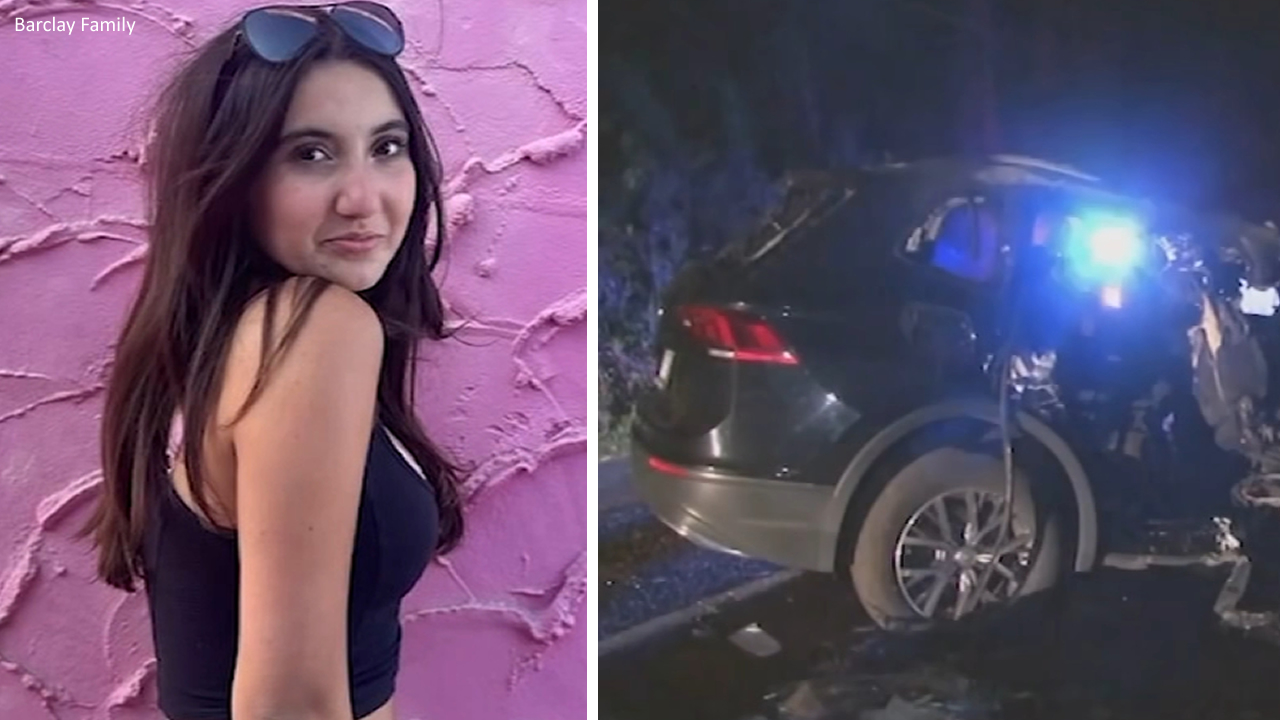Giant astronomy camera taking shape in Menlo Park


MENLO PARK, Calif. (KGO) -- Photographers will tell you that bigger cameras see better in the dark -- and that's why scientists say the biggest camera ever made will soon show us things about the night sky that we've never seen before.
The beginnings of that camera are now taking shape at SLAC National Accelerator Lab in Menlo Park -- in a giant clean room where engineers scurry around in white "bunny suits" that cover them from head to toe.
The Large Synoptic Survey Telescope will be assembled in California, but installed on a Chilean mountaintop, where it will take the widest, deepest images of the night sky ever made -- a full panorama every few nights.
"We're basically taking a really big movie of the sky. And we're gonna do that for 10 years," said SLAC mechanical engineer Margaux Lopez as she gave us a tour.
The telescope could help answer some of the great mysteries of the universe.
"One of the goals is to study dark energy and dark matter," Lopez explained. "We don't really know what they are, but we know they exist."
Like the wind, she said, you can't see dark matter or energy, but you can see their effects -- including the gradual movement of objects under their gravitational pull. Artificial intelligence will track the movement of celestial bodies and tell astronomers where to look.
"We're gonna have alerts coming every night," Lopez said. "Things that are changing, things that are new."
Though the camera will sit here on earth, it will have something in common with the depths of space: on the inside, it will be a cold, dark vacuum."
"If you have a little speck of dust on your sensor and you're trying to see a really dim star, you're gonna block all the light from that star," Lopez said.
That's why the camera has to be kept free of dust, air, heat, and static electricity with help from a refrigeration and pump system designed here at SLAC.
The camera will have 189 16-megapixel sensors, grouped into 21 "rafts" of 9 sensors each. Every raft will undergo rigorous testing in a refrigerated metal tube, calibration inside an airtight dark box, and then laser alignment with the other sensors to ensure the entire imaging surface is perfectly flat.
The sensors will be tested together inside a box the size of a passenger van that must be completely free from extraneous light. Junior engineer Vincent Lee was patching tiny holes in the caulking with black foil tape when we arrived.
"The (light) leaks are like the size of like a needle," he said.
The finished camera will be the size of a small car -- with a lens five feet in diameter -- and will be installed in a rotating turret on top of the facility in Chile within five years.
"We're gonna see how planets and galaxies are changing, how things are moving, how they relate to one another," Lopez said.
The telescope could even save Earth from total destruction, she said. The artificial intelligence alert system includes a warning for large incoming asteroids.






